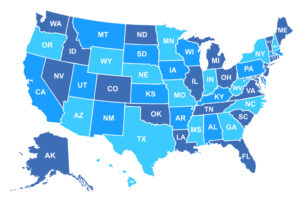Providers Challenge Payments In ‘No Surprises’ Act Dispute Resolution Process

Under the No Surprises Act, consumers are held harmless beyond in-network cost sharing when they receive certain kinds of out-of-network care. In these scenarios, to determine the provider’s payment, payers and providers may enter independent dispute resolution (IDR). Recently, federal agencies released an initial report on the No Surprises Act’s IDR process. In a post for Health Affairs Forefront, CHIR experts Jack Hoadley and Kevin Lucia analyze the new report and discuss what it suggests about the No Surprises Act.







